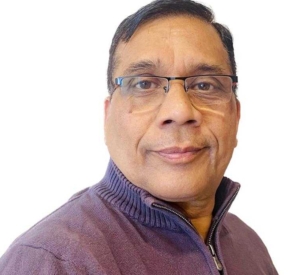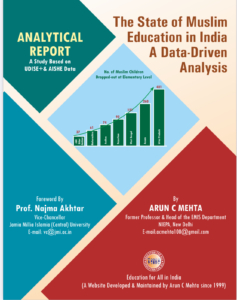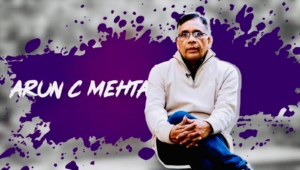Issues & challenges that the Indian education system is currently facing
Introduction
India is the largest education systems of the World, with a diverse range of educational institutions catering to millions of students across the country. However, despite significant progress in recent years, the Indian education system faces several challenges that must be addressed to ensure that every student has access to high-quality education. The article will discuss the significant issues and challenges facing the Indian education system and possible solutions.
Quality of Education
One of the most significant challenges the Indian education system faces is the quality of education. Despite significant improvements in recent years, many schools, colleges, and universities still lack adequate infrastructure, qualified teachers, and an updated curriculum. Many schools in rural areas lack basic facilities such as electricity, water supply, and toilets, which can harm the quality of education. Additionally, there is a significant shortage of qualified teachers, particularly in rural areas.
Solution: To address this challenge, the government needs to focus on increasing investment in the education sector. More funds should be allocated towards improving infrastructure, hiring qualified teachers, and introducing modern teaching methods. The government should also establish training programs for teachers to ensure they are equipped with the necessary skills to provide quality education to their students. Additionally, efforts should be made to attract more private-sector investment in the education sector, which can help improve education quality.
Affordability and Accessibility
The affordability and accessibility of education are significant challenges facing the Indian education system. Education in India is still not affordable for a significant proportion of the population. Additionally, there is a significant disparity in access to education between urban and rural areas, with many students in rural areas struggling to access quality education.
Solution: The government should focus on increasing access to education by providing scholarships and financial assistance to economically weaker sections of the population. Additionally, efforts should be made to build more schools and universities in rural areas, which can help to improve access to education. The government should also explore the possibility of providing online education, which can help to overcome the challenges of affordability and accessibility.
Outdated Curriculum
The Indian education system still follows a traditional approach to education and lacks the flexibility to adapt to changing needs of society and the job market. The curriculum is often outdated and does not fully prepare students for the modern World. Additionally, there is a significant focus on theoretical knowledge, which can result in a lack of practical skills among students.
Solution: The government should encourage the development of a more flexible and modern curriculum that focuses on practical skills and competencies rather than just theoretical knowledge. The curriculum should be updated regularly to ensure that it is relevant to the changing needs of society and the job market. Additionally, the government should encourage the use of technology in education, which can help to make learning more engaging and relevant to students.
Teacher Shortage
There is a significant shortage of qualified teachers in the country, particularly in rural areas. This shortage can significantly impact the quality of education provided to students and lead to a lack of continuity in teaching.
Solution: The government should focus on recruiting and training more teachers, particularly in rural areas. Incentives such as higher salaries and benefits should be provided to attract more qualified teachers. The government should also explore the possibility of using technology to bridge the gap between teachers and students in rural areas, which may help ensure that students have access to quality education.
Examination System
The Indian education system relies heavily on examinations to evaluate students, which can be stressful and often results in a focus on rote learning rather than understanding concepts. Additionally, the examination system can be a source of significant stress for students, leading to a lack of interest in learning.
Solution: The education system should focus on introducing more continuous assessment methods.
In conclusion, addressing these challenges will require a concerted effort from the government, educators, and the wider community. By investing in education and introducing reforms to modernize the system, India can ensure its citizens have access to high-quality education needed to succeed in a rapidly changing world.



